Wi-Fi technology has revolutionized the way we connect to the internet, but concerns about WiFi radiation and its potential health risks have been rising. Understanding the dangers of Wi-Fi EMF (electromagnetic fields) and taking appropriate measures to protect yourself is crucial. This article explores the potential health risks of Wi-Fi radiation, including whether is WiFi bad for your health or not, and provides practical tips to mitigate exposure.
What is Wi-Fi?
Wi-Fi, short for Wireless Fidelity, is a technology that allows devices to connect to the internet wirelessly using radio waves. It has become mandatory in homes, offices, and public spaces due to its convenience and ease of use. However, the WiFi router radiation emitted by these devices has raised health concerns among researchers and the public alike.
The artificial EMF of a Wi-Fi system is often polarized, which makes it potentially more harmful than a non-polarized one since it exerts greater stresses on electrically charged chemical groups. The strength of electromagnetic pulses, specific intensities, and duration of exposure are all key factors in assessing whether Wi-Fi is safe.
Is Wi-Fi Bad for Your Health?

The question, "Is WiFi harmful?" has been the subject of numerous scientific studies. Wi-Fi radiation is a type of non-ionizing electromagnetic radiation, which means it lacks the energy to ionize atoms or molecules. However, some experts argue that long-term exposure to Wi-Fi EMF could have subtle biological effects that accumulate over time.
Scientific Studies on the Impact of Wi-Fi on Health
Some research on the impacts of 2.45 GHz Wi-Fi signals on human and animal health has found that the radiofrequency electromagnetic radiation released by Wi-Fi devices may affect sperm count, motility, and DNA integrity.
In a 2015 study, researchers looked at the sperm motility of over 1,000 men. The men answered questions concerning their Wi-Fi and cell phone usage. Researchers found that males who used wireless internet had lower sperm motility than men who used cable internet.
Can Wi-Fi Cause Cancer?
One of the most debated questions is, "Does WiFi cause cancer?" Current evidence does not conclusively prove that Wi-Fi radiation causes cancer. However, some studies have suggested a possible association between long-term Wi-Fi EMF exposure and an increased risk of certain types of cancer.
In 2011, the World Health Organization's International Agency for Research on Cancer (IARC) stated that electromagnetic fields (EMFs) are "possibly carcinogenic to humans." The label was created by 30 scientists who reviewed research on EMFs and cancer.
A 2017 research found that EMFs from wireless devices increase the risk of glioma, a kind of brain tumor.
Animal Studies
most research investigating the link between Wi-Fi and cancer use animals. Oxidative stress is linked to the development of cancer. A 2015 animal study found that long-term Wi-Fi exposure caused oxidative damage in rats' uteruses.
According to another animal study that year, exposure to Wi-Fi affected rabbits' cardiac rhythm and blood pressure. According to the experts, this shows that Wi-Fi affects the heart. Another 2016 animal study discovered that radiation released by Wi-Fi causes DNA damage in the testes of rats.
According to a 2017 animal study, Wi-Fi radiation affects identification in rats. A different 2017 animal study found that the radiation released by Wi-Fi may contribute to neurodegenerative illness and brain function in rats.
How Far Does Radiation Travel from a Wi-Fi Router?
Understanding the safe distance from a WiFi router is essential for minimizing exposure. Wi-Fi routers using the 2.4 GHz band can cover up to 150 feet indoors and 300 feet outside. Older 802.11a routers that operated on 5 GHz bands covered about one-third of these distances. Newer 802.11n and 802.11ac routers, which operate on both the 2.4 GHz and 5 GHz bands, cover longer distances.
Testing Your Wi-Fi Router for EMF Radiation
To ensure your Wi-Fi router is not emitting excessive Wi-Fi EMF, consider using an EMF meter to measure radiation levels. These devices can help identify high-emission areas and enable you to take steps to reduce exposure. Regular testing and monitoring can provide peace of mind and ensure a safer home environment.
How Can You Reduce Wi-Fi Router Radiation in Your Home?
Reducing WiFi router radiation can be achieved through several practical measures:
- Distance: Place the router as far away from common living and sleeping areas as possible.
- Timers: Use timers to turn off the router when not in use, especially during nighttime.
- EMF Protection: Invest in EMF radiation protection products, such as BioChip, to minimize exposure by up to 80%.
Is It Okay to Sleep Next to a Wi-Fi Router?
Sleeping next to a Wi-Fi router is not recommended due to the continuous exposure to Wi-Fi EMF. Even though the radiation levels are relatively low, long-term exposure could have cumulative health effects. Placing the router in a different room and turning it off at night is good to minimize exposure.
Additionally, you can use Bodywell® EMF protection stickers (Swiss-engineered technology, verified by an FCC-certified U.S. lab for 100% safety and effectiveness) to reduce the radiation level and sleep with peace of mind.
Final Thoughts
While the jury is still out on the definitive health risks of Wi-Fi radiation, it is prudent to take preventive measures to reduce exposure. Understanding the safe distance from Wi-Fi routers, regularly testing for EMF radiation, and using Bodywell® EMF exposure protection products can help create a safer environment. Stay informed and proactive to protect your health in the wireless technology age.


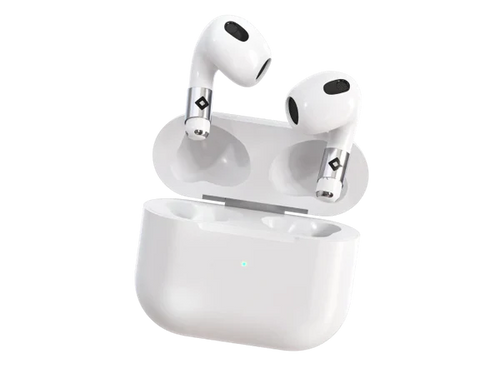
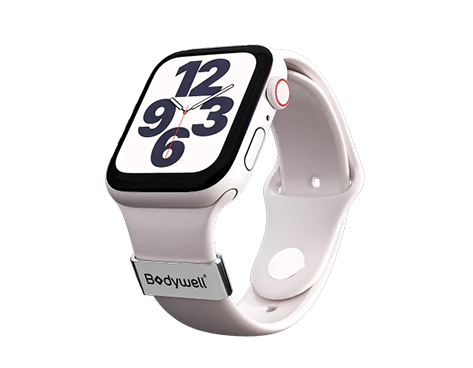














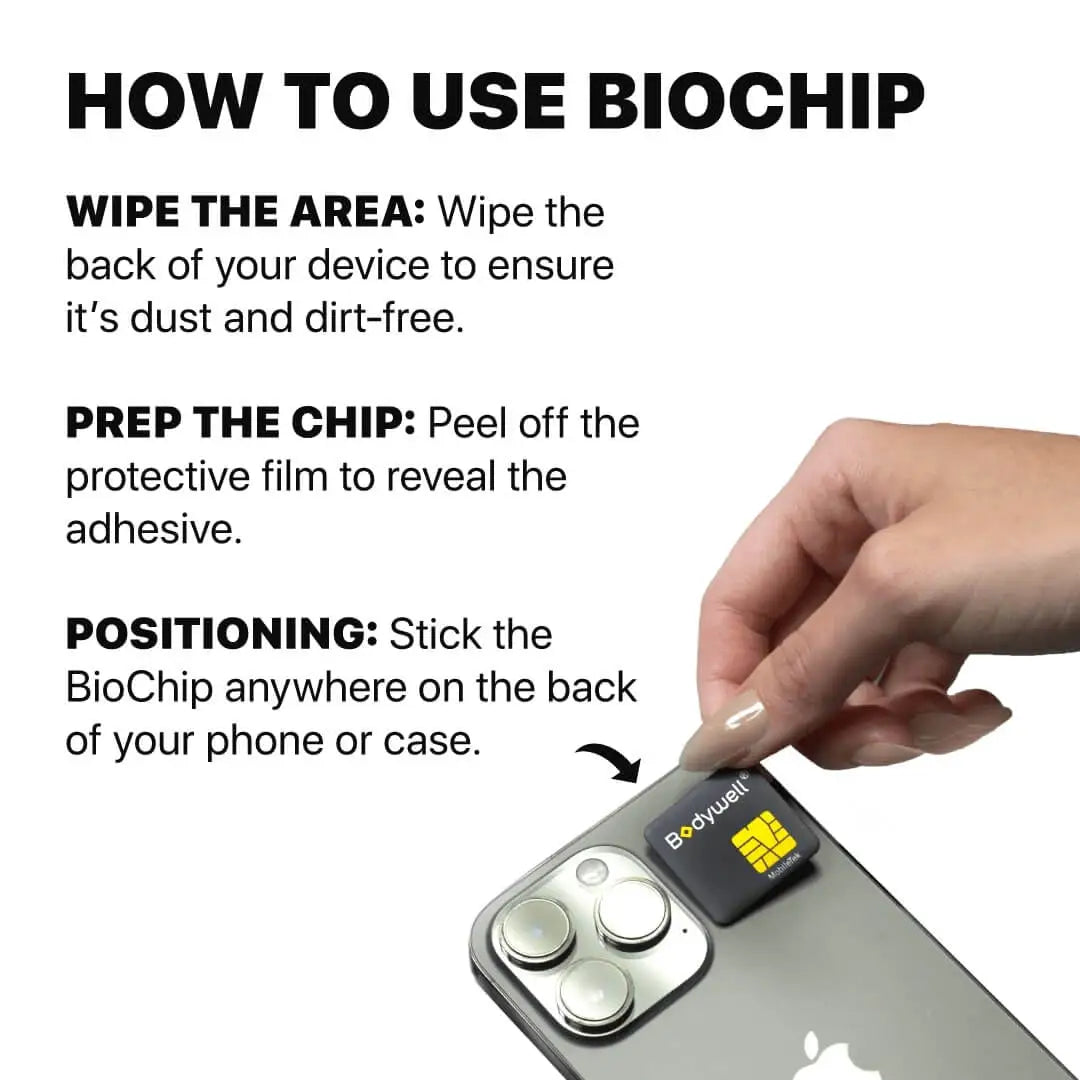
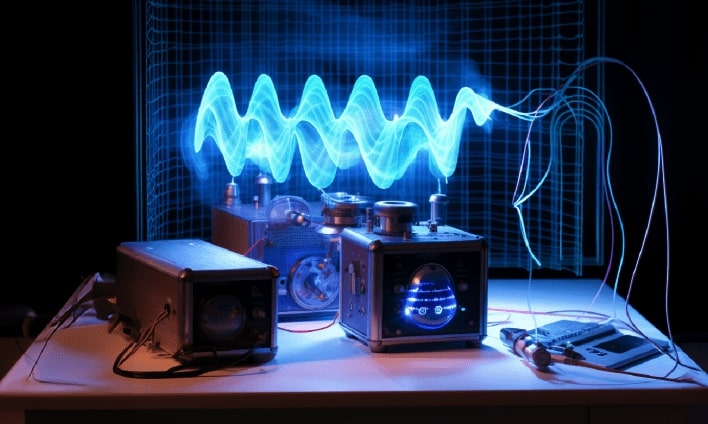
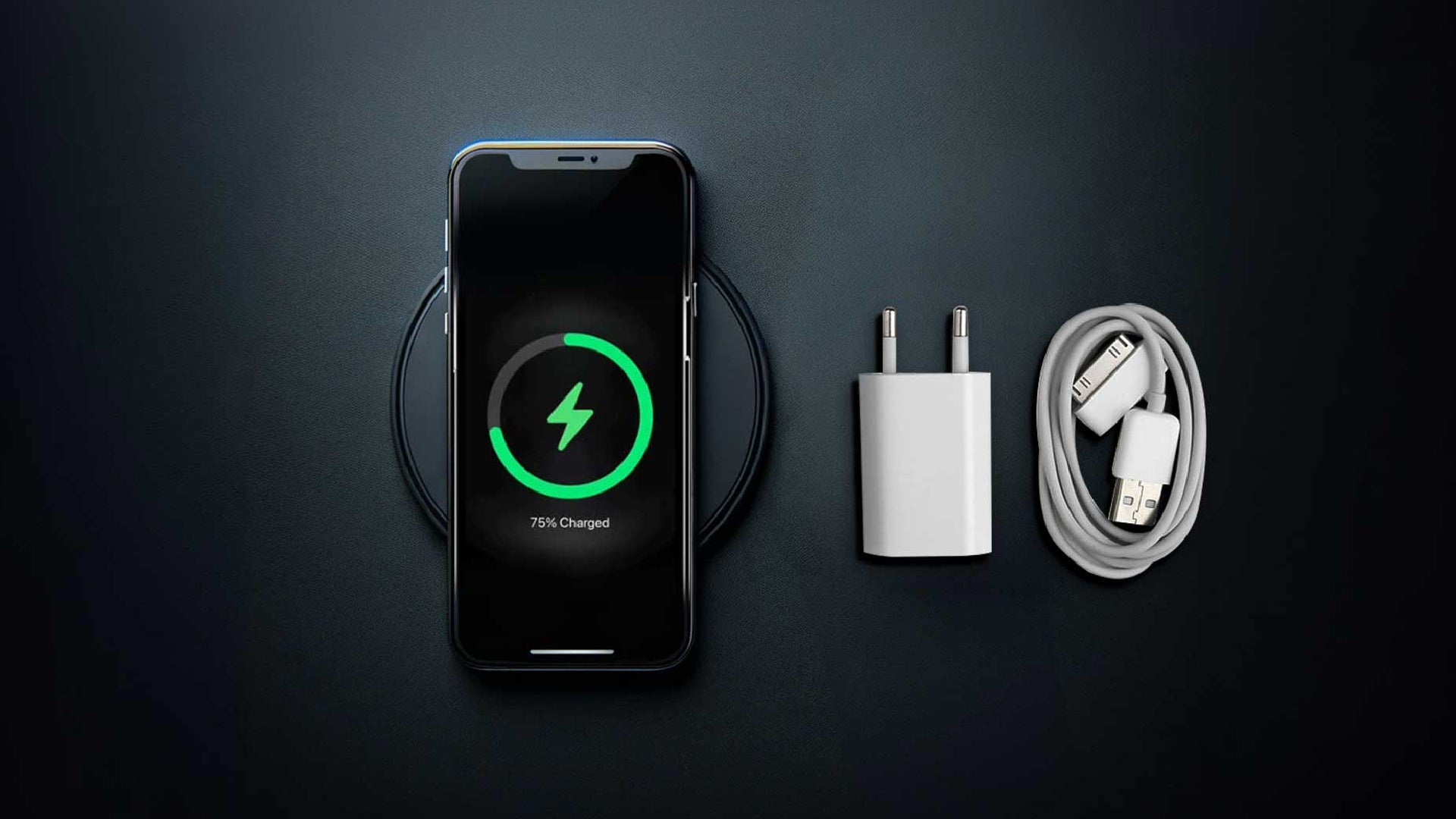
Leave a comment
This site is protected by hCaptcha and the hCaptcha Privacy Policy and Terms of Service apply.